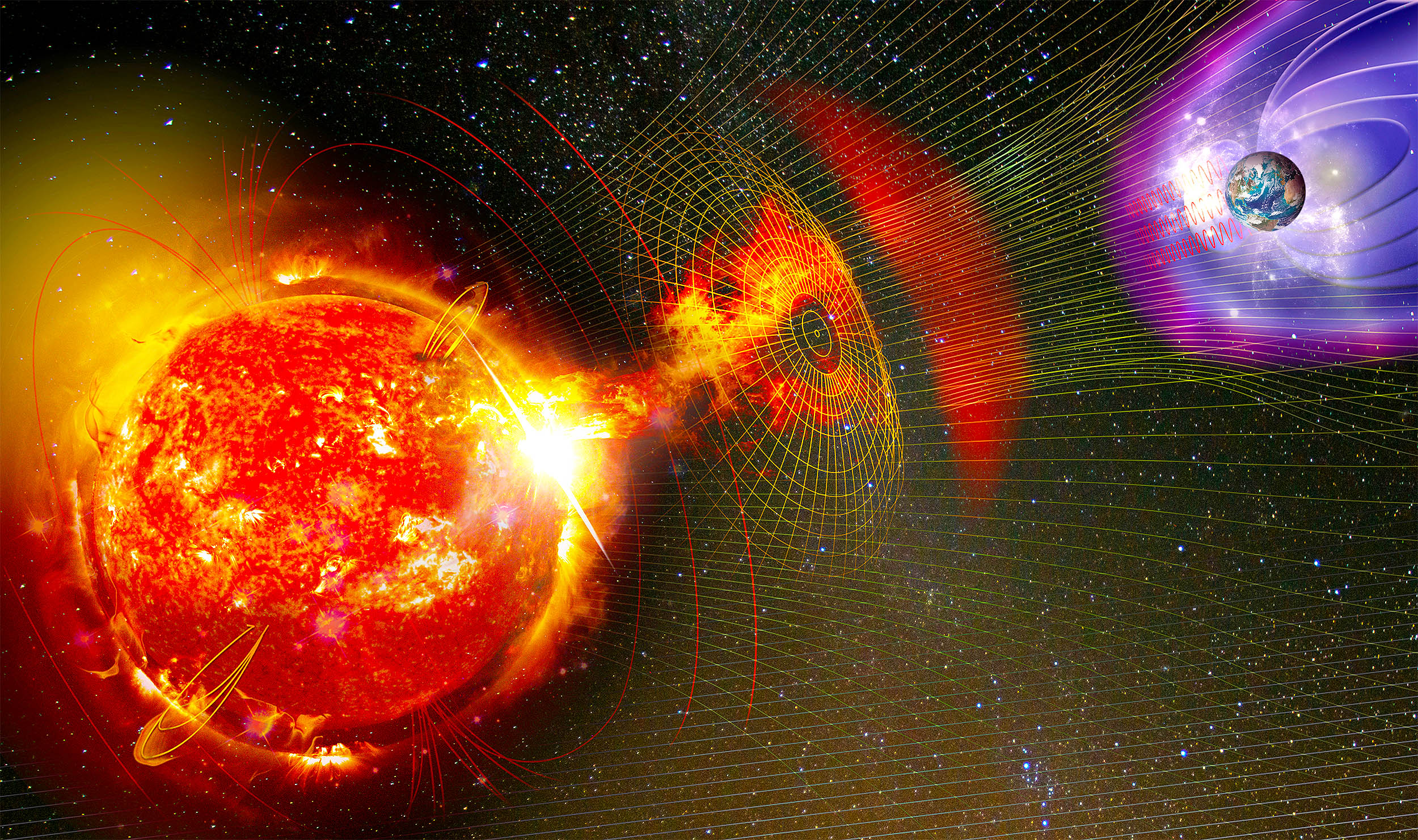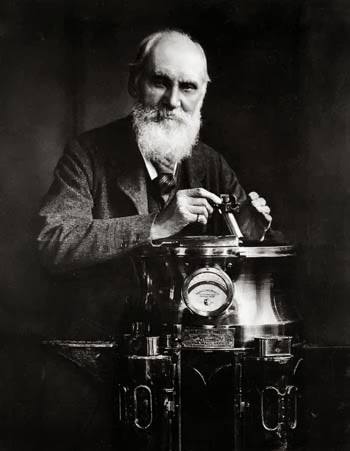In the late summer of 1859, skies around the world lit up in a dazzling display of light. For almost a week, people gathered and gazed upwards, both terrified and awestruck by what they saw. Some believed it to be a sign of the end of the world, while others marveled at the beauty of the aurora borealis that seemed to stretch across the entire globe.

This event, now known as the Carrington Event, was named after British amateur astronomer Richard Carrington. On September 1st, 1859, Carrington was in his private observatory when he witnessed two patches of intense white light appear on the surface of the sun. He made a drawing to document his observations, which would later be sent to the Royal Astronomical Society as part of a complete report.

Little did Carrington know, he had just witnessed two in a series of solar flares – violent events on the surface of the sun that release huge amounts of energy and particles. These particles were then directed towards Earth, causing a spectacular display of lights in the sky. This phenomenon is known as Aurora Borealis or the Northern Lights.
But while the skies were lit up with stunning displays, there were also some unexpected consequences. Telegraph operators around the world experienced bizarre difficulties with their equipment – some received electric shocks and burns when touching their telegraph keys, while others could transmit messages with their batteries disconnected.
Newspapers during this time were dominated by reports of the lights in the sky and disruptions of telegraph services. Many believed it to be a sign of the apocalypse, and some even became so terrified they were committed to insane asylums.
But what made this event truly unique was its timing. In 1859, electrical technology was still relatively basic – with telegraph systems being the only widespread use of electricity. However, today, our modern infrastructure is heavily dependent on electricity. So, what would happen if a Carrington-level event were to occur in our current time?
Unlike in 1859, we would likely have some warning before a geomagnetic storm hits the Earth. Systems are now in place to provide at least one full day of preparation time. In this best-case scenario, a quick and coordinated response would involve taking any systems that might be damaged by the event offline for its duration.
However, if we are not prepared and a Carrington-level event were to occur today, the consequences could be disastrous. It is estimated that the damage caused by the event could result in trillions of dollars of economic impact and potentially leave millions without power for an extended period of time.
The Carrington Event serves as a reminder of the fragility of our modern society and the importance of being prepared for natural disasters. As technology continues to advance and our dependency on electricity grows, it is crucial that we have safeguards in place to protect us from solar storms and other potential catastrophes.

